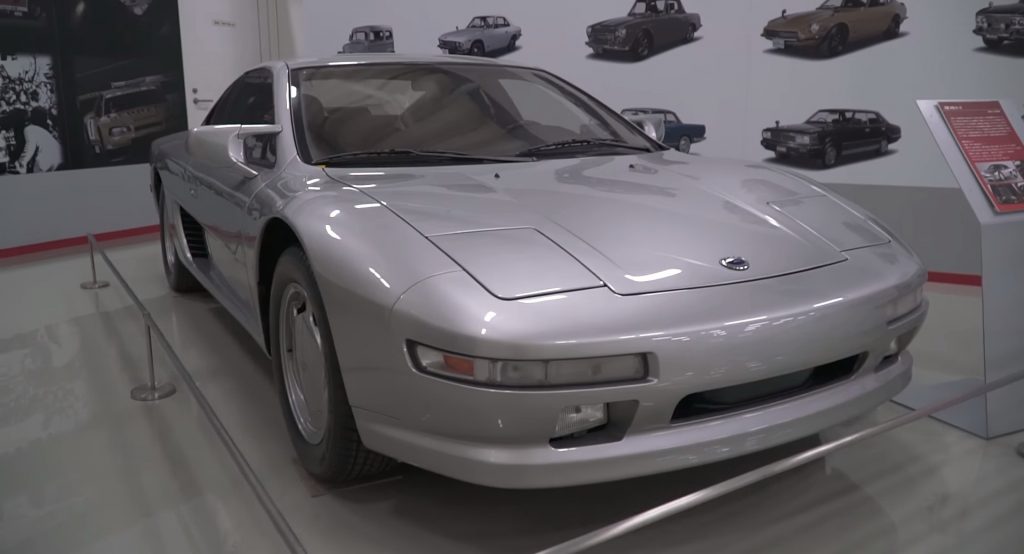By now, almost everyone must have forgotten about Nissan’s MID4 concept, a near-production supercar that was supposed to take on the Ferraris and Porsches of the period but was canceled at the last moment.
However, the official NISMO YouTube channel reminds us of its importance in Nissan’s history as it packed some seriously impressive technologies for its era; technologies that would eventually shape the future Nissan sports cars into the legends they are today.
The first version of the MID4 was unveiled at the 1985 Frankfurt Motor Show, riding on a mid-engine chassis and featuring all-wheel drive, as well as an early version of the HICAS four-wheel steering. Power was provided by a naturally aspirated 3.0-liter V6 with 245hp that was paired to a five-speed manual transmission.
Nissan was serious about offering a supercar at the time and continued the development of the MID4 in the coming years. In 1987 the updated MID4 Type II concept debuted at the Tokyo Auto Show, looking pretty much ready to wear a set of number plates and head off for some Ferrari hunting.
The MID4 Type II came with a twin-turbo 3.0-liter V6, internally codenamed VG30DETT, that produced 330hp. Nissan fans will recognize the engine code immediately, as it was the engine that would eventually power the 300ZX.
The all-wheel drive system came with a rear-biased torque split of 33:67 front-to-rear and it was basically an early version of what would become the ATTESA system. Yes that’s the same ATTESA AWD that made the R33 and the R34 GT-R models two of the greatest JDM sports cars in the history.
Eventually the Japanese automaker pulled the plug on the MID4 project as the economy took a dive, making their supercar too expensive for production. Most of its impressive tech, however, lived on, much to the benefit of its sports cars.
Makes you wonder, though; what if Nissan had indeed built the mid-engined concept? Would it have changed the history of supercars as we know it, much like Honda’s NSX forced Ferrari and its ilk to up their game considerably? It’s possible – but, sadly, we’ll never know.








